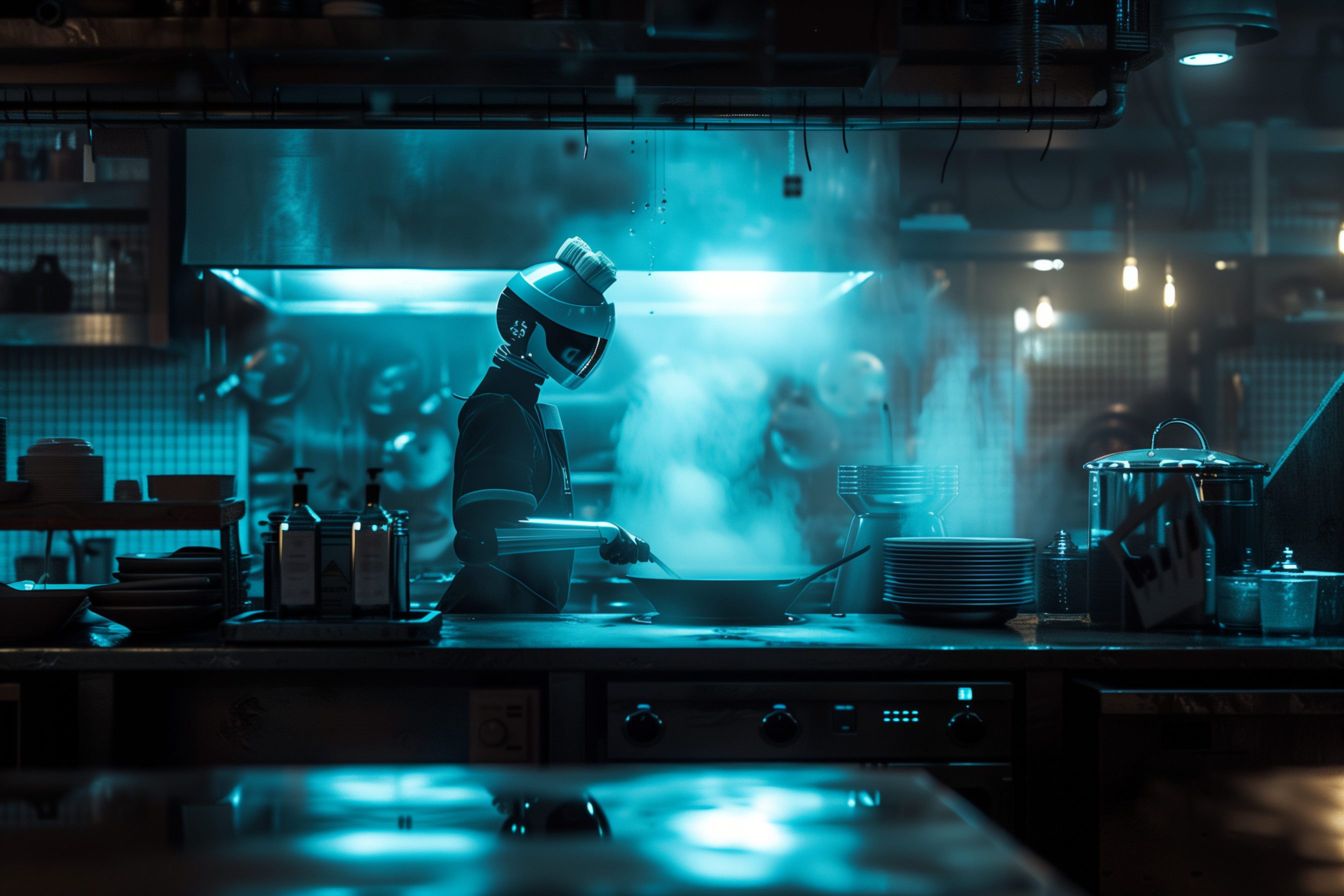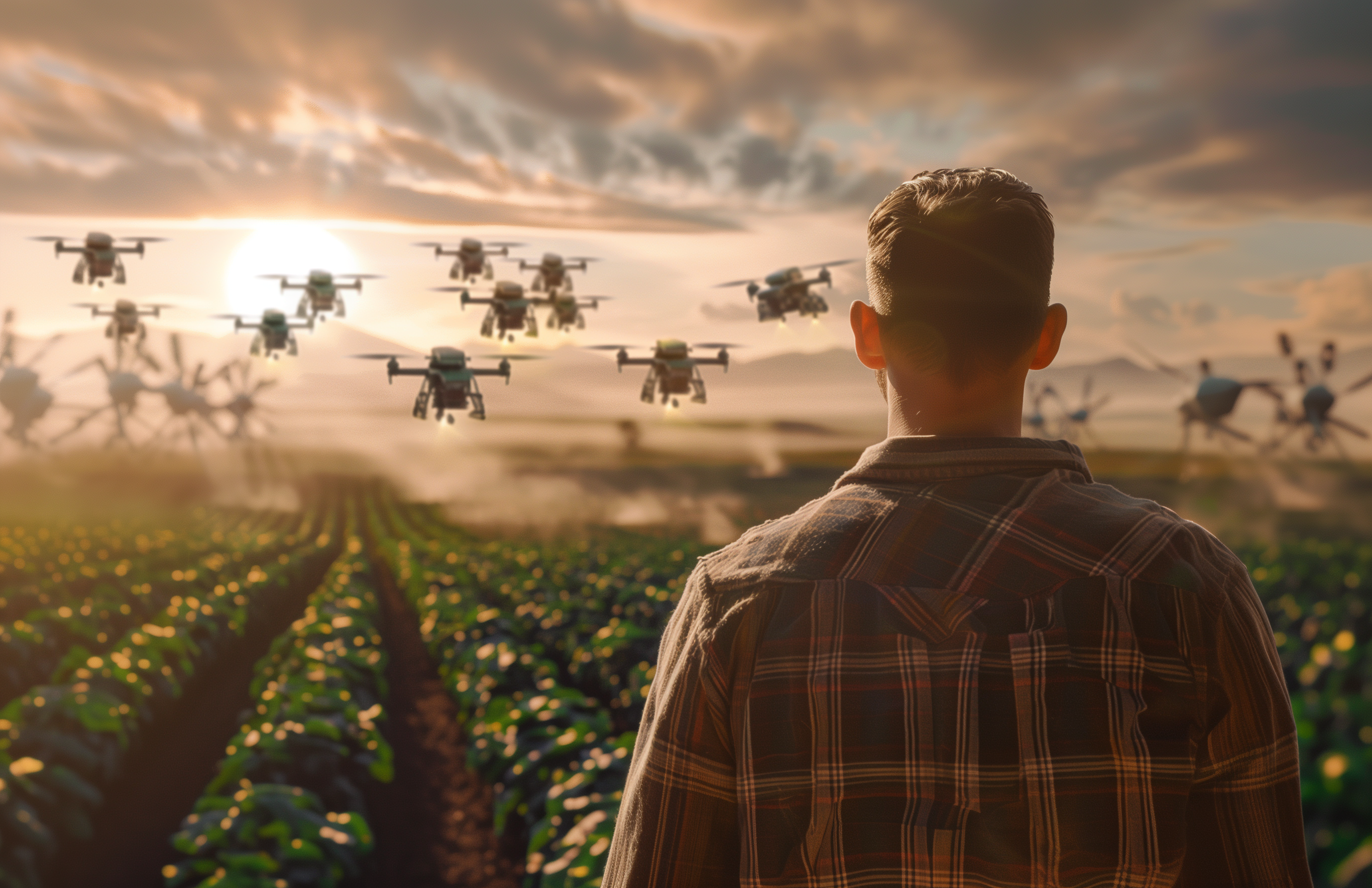What is Mise?
Mise is a book of scenarios depicting what our food system could look like in the future, written and designed by food futurist Mike Lee.
The four scenarios in Mise (pronounced "meez"), which range from the year 2033 to 2067, were created to help people better understand the potential long-term impact of today’s major current events on how we make and eat food in the coming decades. The book identifies 5 major happenings in society, technology, the economy, the environment, and politics (abbreviated and referred to as the STEEP factors) that will have a profound impact on the way the world produces and consumes food.

Ok, so what are the scenarios about?
Each of the four scenario chapters consists of a high-level overview of how the STEEP factors have created a future world, followed by a personal portrait of how regular people in those worlds live, work, and eat. An essay that analyzes each future world is included along with links to the research that inspired the scenarios for further reading. And three recommended food industry action items are provided for each scenario, anchoring these otherworldly stories into tangible next steps that companies can take today to steer away from dystopia and toward a more perfect food system.
Mise explores five big current-day factors affecting the future of food. The book examines the societal tension amongst eaters to eat healthier amidst the hedonistic allure of ultra processed foods. In technology, the book considers how recent advances in artificial intelligence may change how food companies design products and sell them to consumers. For the economy, the question of how responsible corporations should be to planetary and human health outcomes is examined. On the environmental side, Mise imagines the future of regenerative versus degenerative agricultural methods. And in the political arena, the book discusses the impact of having a united or divided political world on the food we grow and eat.
But I don’t have a 50-year plan!
Even though these scenarios illustrate what our world could look like in the deep future, they are all rooted in innovations and events that are actually happening now. The scenario planning process is meant to magnify the emerging trends of today by extrapolating their growth or demise into the future. It’s like hopping into a time machine to see how nascent things like generative AI or regenerative agriculture might change the world in 10-50 years for the better and worse.
These visions of the future are written to help people today make more responsible and strategic choices about the food and agriculture industry. Whether you manage a billion dollar portfolio of consumer packaged food goods, operate a sprawling farm, or are simply an eater concerned about the future of our world, Mise provides thoughtful insight on how our actions today can affect tomorrow.

Why is Mise designed like a magazine?
Mise is designed as a magazine from the future, with over 100 AI generated images and advertisements, that illustrates the fabric of everyday life like only magazines can. Vividly printed on high quality paper stock with over 200 pages of content, Mise will stand out on office desks and living room coffee tables alike. Mise is a roadmap for the future that educates and expands the minds of food executives and eaters to build a better tomorrow by making smarter choices today. Because you can’t build a future of food that you can’t envision, and Mise is a valuable resource in developing those visions.
What does "Mise" mean?
Mise (pronounced "meez") is short for “mise en place,” the French culinary term that means “putting in place.” Colloquially, in America, cooks must have their “meez” ready in advance of a restaurant’s service period. It’s about having stocks made, proteins prepped, and vegetables pre-cut. Lack of preparedness in the kitchen can lead to disaster once things get busy.
In the context of this book, Mise is a metaphor that can be applied to the broader food and agriculture industry: foresight and planning for the future are essential to survive and thrive. Mise aims to help the industry make smarter decisions today by thinking more strategically and imaginatively about tomorrow.

We are called to be architects of the future, not its victims.
Buckminster Fuller
